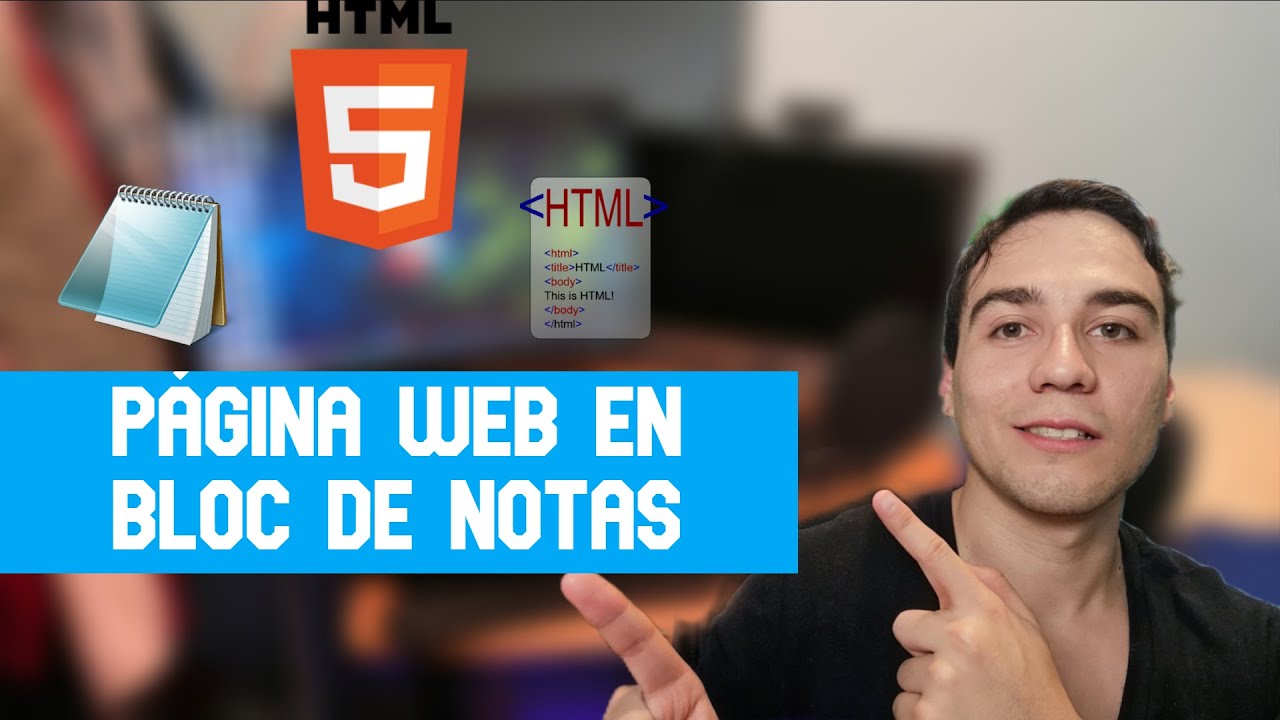Landing Page in 10 Minutes with Astro and CodeStitch
Summary
TLDREn este video, Ryan de Cedar Studios Web Design nos guía a través del proceso de construcción rápida de una página de aterrizaje utilizando Astro, un marco web veloz y potente, junto con Code Stitch, una biblioteca de componentes de HTML y CSS. Comenzando con la creación de un nuevo proyecto en Astro, Ryan explica cómo instalar dependencias, configurar TypeScript y estructurar el sitio web usando componentes y estilos proporcionados por Code Stitch. El tutorial abarca desde la implementación de una barra de navegación y un componente hero hasta la adición de otros elementos esenciales de la página, demostrando lo sencillo y rápido que es construir una página de aterrizaje atractiva y funcional para pequeñas empresas.
Takeaways
- 🛠️ El script proporciona una guía detallada sobre cómo construir una página de aterrizaje utilizando Astro, un framework web rápido y potente, y Code Stitch, una biblioteca de componentes de HTML y CSS para pequeñas empresas.
- 🚀 Astro utiliza un enfoque basado en componentes, lo que facilita la creación de sitios web como bloques de Lego, copiando y pegando componentes de Code Stitch.
- 📁 Astro organiza las páginas web en la carpeta 'Pages', enrutando automáticamente cada archivo como una página individual.
- ⚙️ Los archivos .astro admiten 'front matter' para ejecutar código JavaScript antes de construir el sitio estático o realizar el renderizado del lado del servidor.
- 📄 Los estilos CSS se pueden incluir en etiquetas <style> dentro de los componentes, y se aplicarán de forma aislada a ese componente específico.
- 🔄 Astro permite importar componentes fácilmente usando la sintaxis de importación de ES6.
- 🌐 Los componentes de Code Stitch son responsivos y optimizados para dispositivos móviles de forma predeterminada.
- 💻 El script demuestra la creación rápida de una página de aterrizaje completa combinando componentes de Astro y Code Stitch.
- 📖 Se mencionan futuras lecciones sobre el uso de la sintaxis JSX dentro de los archivos Astro y la creación de layouts.
- ⏱️ El enfoque de Astro y Code Stitch permite construir sitios web de forma rápida y eficiente, especialmente para pequeñas empresas que buscan una solución sencilla y efectiva.
Q & A
¿Qué es Astro y por qué se recomienda utilizarlo?
-Astro es un marco web rápido y potente. Se recomienda utilizarlo porque facilita la creación de sitios web de forma rápida y eficiente, especialmente sitios de aterrizaje (landing pages).
¿Qué es codeStitch y por qué se utiliza junto con Astro?
-codeStitch es una biblioteca de componentes de HTML y CSS puros, diseñada específicamente para pequeñas empresas. Se utiliza junto con Astro porque ofrece componentes responsivos y atractivos que se pueden integrar fácilmente en los proyectos de Astro.
¿Cuál es el propósito de la carpeta 'páginas' en un proyecto de Astro?
-La carpeta 'páginas' (pages) en un proyecto de Astro contiene cada una de las páginas web individuales que componen el sitio web. Astro enruta automáticamente estas páginas.
Explique la funcionalidad del 'front matter' en los archivos de Astro.
-El 'front matter' es una sección YAML al inicio de los archivos de Astro que permite ejecutar código JavaScript antes de construir el sitio estático o renderizarlo en el servidor. Es útil para importar datos, componentes y realizar operaciones previas.
¿Qué ventajas ofrece el enfoque basado en componentes al desarrollar con Astro y codeStitch?
-El enfoque basado en componentes facilita el desarrollo modular, reutilizando componentes y ensamblándolos como bloques de construcción. Esto agiliza el proceso de creación de sitios web, aprovechando los componentes prediseñados de codeStitch.
¿Cómo se pueden aplicar estilos CSS a los componentes en Astro?
-En Astro, se pueden aplicar estilos CSS directamente en los componentes utilizando etiquetas <style>. Los estilos CSS incluidos en un componente estarán automáticamente limitados en su alcance a ese componente.
¿Qué papel juega el archivo 'index.astro' en un proyecto de Astro?
-El archivo 'index.astro' es el punto de entrada principal de un proyecto de Astro. Representa la página de inicio del sitio web y es donde se ensamblan los componentes para construir la estructura completa del sitio.
¿Cómo se importan y utilizan componentes en los archivos de Astro?
-Los componentes se importan en los archivos de Astro utilizando la sintaxis de importación de ES6. Una vez importados, se pueden utilizar como etiquetas personalizadas en el marcado HTML del archivo.
¿Qué son las 'core styles' en codeStitch y cómo se integran en un proyecto de Astro?
-Las 'core styles' en codeStitch son estilos CSS globales que definen colores, fuentes y otros estilos base para toda la aplicación. Se pueden integrar en un proyecto de Astro incluyéndolos en un archivo de estilos global o directamente en el archivo 'index.astro'.
¿Qué otros temas se mencionan que se cubrirán en un video futuro relacionado con Astro?
-Se mencionan los siguientes temas que se cubrirán en un video futuro: usar la sintaxis JSX dentro de los archivos de Astro, trabajar con diseños (layouts) en Astro y construir múltiples páginas.
Outlines

This section is available to paid users only. Please upgrade to access this part.
Upgrade NowMindmap

This section is available to paid users only. Please upgrade to access this part.
Upgrade NowKeywords

This section is available to paid users only. Please upgrade to access this part.
Upgrade NowHighlights

This section is available to paid users only. Please upgrade to access this part.
Upgrade NowTranscripts

This section is available to paid users only. Please upgrade to access this part.
Upgrade NowBrowse More Related Video

Cómo hacer una PÁGINA WEB en BLOC de NOTAS

✌️👑Aprendiendo Desde Cero HTML 5 en Adobe Dreamweaver 2021👍✌️

Curso de Diseño Web, Capitulo 0 - Introducción Para Principiantes

✅ Como crear una pagina web completa en HTML - Parte 1

3. HTML 5 ETIQUETAS BASICAS 💻 PAG WEB con BASE de DATOS 💻[DESARROLLO WEB DESDE CERO (Parte 3/12)]

Curso de Dreamweaver CC. 3.2. Las propiedades de la pagina.
5.0 / 5 (0 votes)
